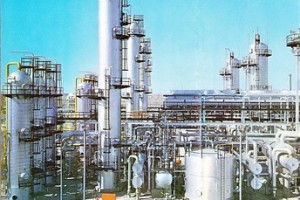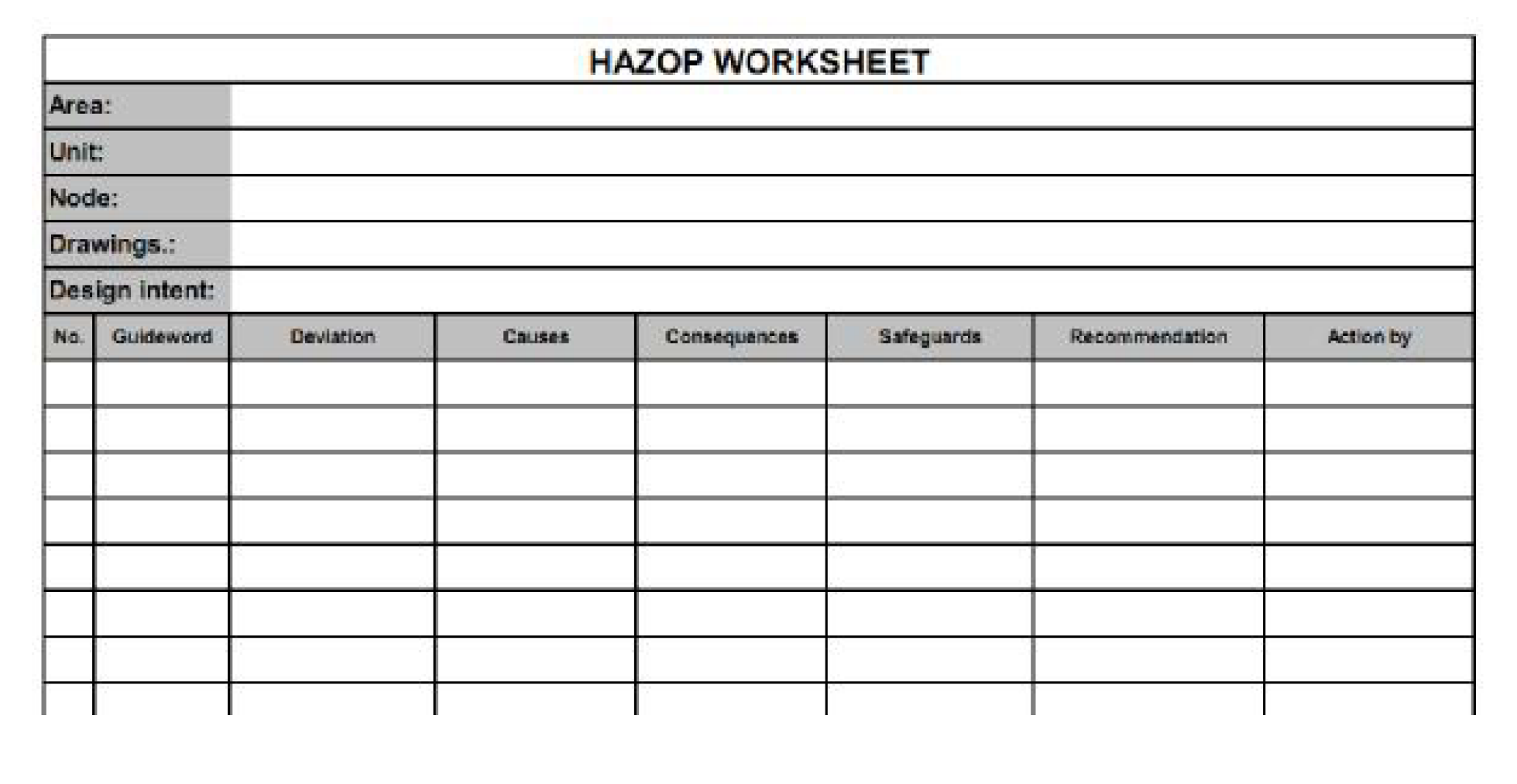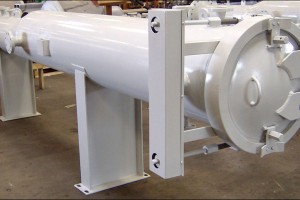For any flow through a pipe line, the frictional pressure drop per unitlength of the line depends on the type and phase of thefluid flowing throughthe line, roughness of the pipeand the pipe size.
For any flow through a pipe let,
| Δp : frictional pressure drop, Pa |
| D : internal diameter, m |
| L : Pipe length (or equivalent length), m |
| Ff: fanning factor |
| FD : Darcy factor |
| e : effective roughness, m |
| ρ : density, kg / m3 |
| Re: Reynolds number |
| G: flux velocity, kg/s.m² |
| W: Mass flowrate, kg/h |
| Sp: cross section , m² |
| u: velocity, m/s |
| ΔpL : frictional pressure drop of liquid phase alone, Pa |
| ΔpV : frictional pressure drop of vapor phase alone, Pa |
| ρL :liquid density, kg / m3 |
| ρV :vapor density, kg / m3 |
| μL :liquid viscosity, cp |
| μV :vapor viscosity, cp |
| Re : Reynolds number |
| x: vapor fraction (mass basis) |
Darcy’sequation states that,
The Darcy Factor is defined as,
These equations form the base of EnggCyclopedia's frictional pressure loss calculators.







